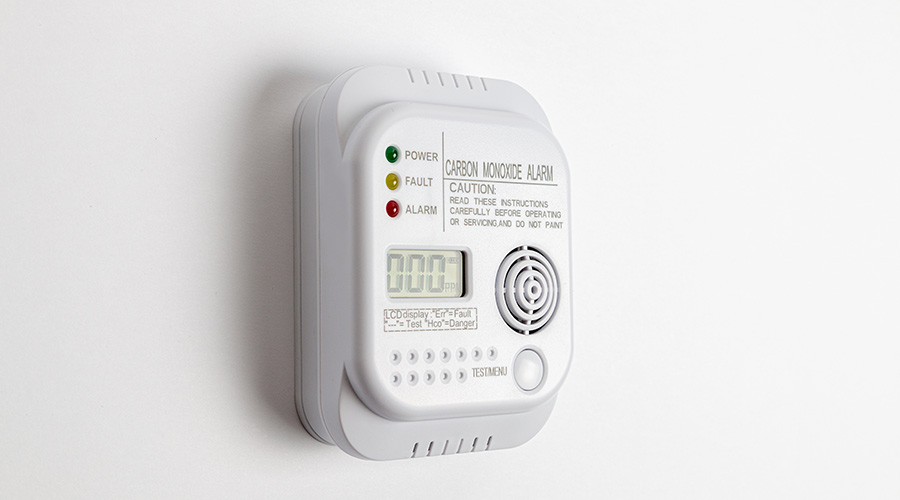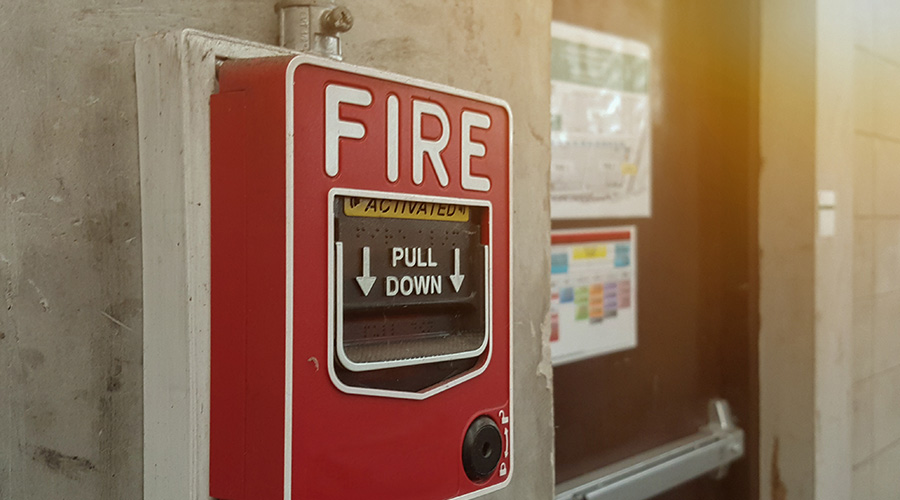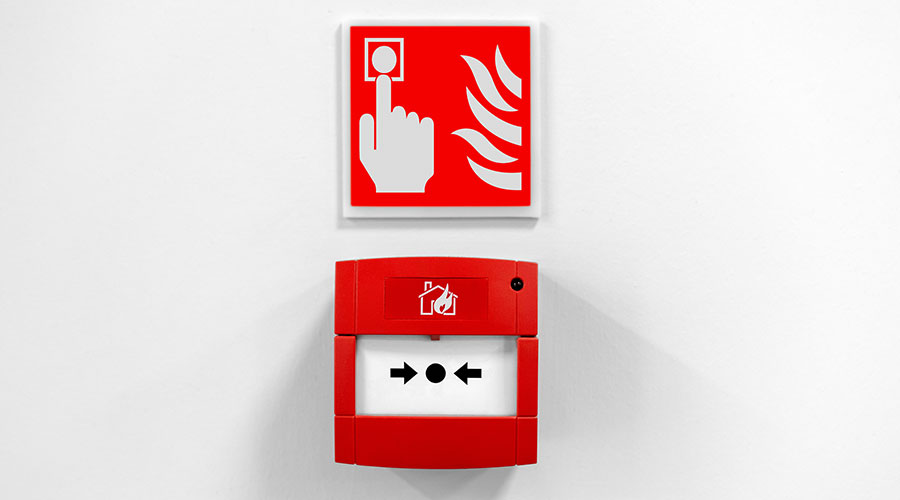Risks, Not Risk
 In the midst of the war in Iraq, Wisconsin jumped to a high state of alert. The extent of the danger became clear several days later, when an incident occurred near Milwaukee.
In the midst of the war in Iraq, Wisconsin jumped to a high state of alert. The extent of the danger became clear several days later, when an incident occurred near Milwaukee.
The incident wasn’t a terrorist strike, nor was the alert prompted by warning of an attack. The alert was triggered by near-drought conditions. The incident was a fire.
Spring isn’t usually the time of year associated with fire, even in the often parched West, let alone in a state once called “the OPEC of water” by a former governor.
What’s not unusual is fire. The National Fire Protection Association estimates that 55,000 fires occurred in a variety of commercial and institutional properties in 2001; damage was estimated at more than $1.2 billion.
Those numbers are worth remembering. Although a terrorist strike has the potential to cause immense destruction and take many lives, such an attack is far less likely to occur than a fire. And natural disasters can occur on a massive scale: Since 1980, 42 weather-related disasters in the United States have caused more than $1 billion in damage apiece, according to Emergency Preparedness for Facilities by David Casavant.
Many steps taken to prepare for a terrorist attack also prepare a facility for fire or flood. But concern about terrorism isn’t the only reason to keep an emergency plan up to date. There are more than enough emergencies waiting to happen to justify regular reviews of the response plans. For facility executives, that sort of vigilance is the price of safety.
Related Topics:








 In the midst of the war in Iraq, Wisconsin jumped to a high state of alert. The extent of the danger became clear several days later, when an incident occurred near Milwaukee.
In the midst of the war in Iraq, Wisconsin jumped to a high state of alert. The extent of the danger became clear several days later, when an incident occurred near Milwaukee.



